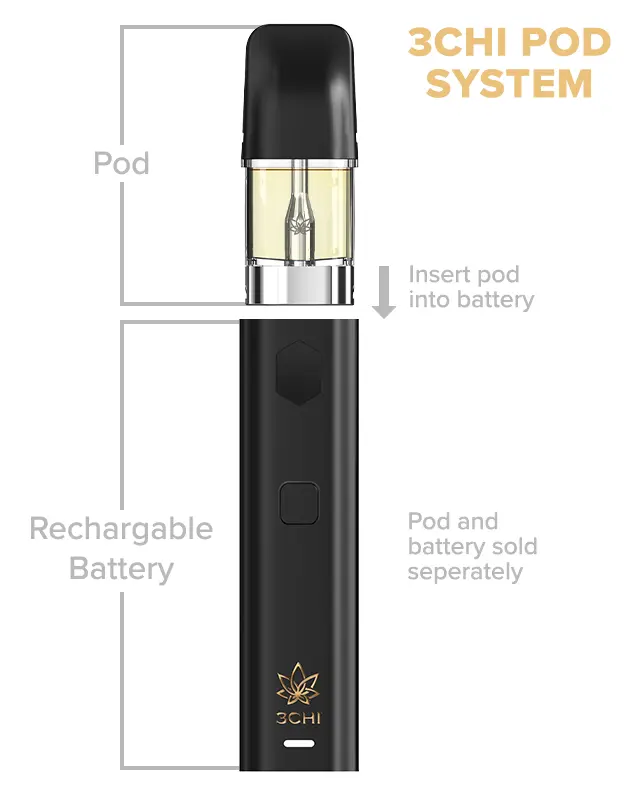Turn Products High-Demand Vape Pens: Market Trends and Insights
Wiki Article
The Ecological Effect of Non Reusable Vapes: Are They Truly Sustainable?
As culture increasingly changes towards eco-conscious intake methods, the sustainability of products has come under scrutiny especially previously. Disposable vapes, a growing market sector in the vaping industry, have actually sparked disputes concerning their ecological effect. The convenience and convenience of use that non reusable vapes provide are undeniable, but beneath the surface exists a complex web of environmental effects that question about their real sustainability. With problems varying from resource removal to lose disposal, delving right into the ecological impact of non reusable vapes introduces a diverse problem that is worthy of closer evaluation.Ecological Impact of Disposable Vapes

Unlike typical vapes that can be filled up and recycled, disposable vapes are developed for a single-use cycle, causing a rapid build-up of digital waste. The manufacturing procedure of non reusable vapes likewise eats useful resources and power, further exacerbating their ecological impact. Incorrect disposal of these tools can result in dirt and water contamination, positioning threats to wild animals and ecosystems.

Production Process and Source Intake
During the production of non reusable vapes, considerable amounts of resources and power are consumed, adding to their overall environmental effect. The production process of non reusable vapes entails the extraction and processing of resources such as metals for the device elements, plastic for the casing, and lithium-ion batteries for the source of power. These processes need substantial energy inputs and can result in the generation of greenhouse gas discharges, contributing to environment modification. Furthermore, the manufacturing of disposable vapes frequently involves making use of non-renewable sources, better depleting finite products.Furthermore, the manufacturing of non reusable vapes also produces waste and air pollution. The manufacturing process of disposable vapes plays a significant duty in their general ecological footprint and sustainability considerations.
Waste Generation and Disposal Challenges
In light of the resource-intensive production procedure of disposable vapes, the administration of waste generation and disposal presents significant ecological difficulties. Disposable vapes contribute to the mounting issue of digital waste due to their single-use nature and complicated make-up.In addition, the incorrect disposal of disposable vape cartridges, which usually have recurring pure nicotine and various other toxic compounds, can infect the setting if not managed appropriately. The lack of standardized recycling programs for these cartridges exacerbates the problem, with numerous winding up in regular waste streams.
To deal with these waste generation and disposal obstacles, it is imperative for makers to design more sustainable vape items that are less complicated to recycle. Additionally, enhanced understanding and education on appropriate disposal approaches among consumers are critical in reducing the ecological impact of disposable vapes.
Chemicals and Toxic Products Usage

Furthermore, the batteries in non reusable vapes have heavy metals such as cadmium, lithium, and lead, which are dangerous to the environment otherwise recycled appropriately. Turn products. Inappropriate disposal of these batteries can bring about soil and water contamination, presenting risks to ecological communities Get More Info and human health and wellness. The extensive usage of chemicals and poisonous materials in non reusable vapes underscores the significance of embracing lasting methods in their production, disposal, and use to mitigate adverse ecological effects.
Sustainable Alternatives and Solutions
What lasting options and remedies can be applied to deal with the ecological impact of disposable vapes? Additionally, advertising liable disposal methods for non reusable vapes, such as recycling programs, can assist alleviate the ecological repercussions linked with these products.Another lasting solution is the growth of eco-friendly vape parts. Manufacturers can explore utilizing eco-friendly products for vape casings, cartridges, and packaging to decrease the long-term environmental influence of these products. Moreover, encouraging the use of vaping items with fewer chemical additives and contaminants can also add to a more sustainable vaping industry.
Education and learning and understanding projects can play a crucial duty in promoting sustainable practices among vapers - Turn products. By informing consumers concerning the ecological impact of disposable vapes and highlighting the benefits of green alternatives, people can make more enlightened selections that straighten with ecological conservation initiatives. Inevitably, a combination of regulatory measures, technical advancements, and consumer activities is necessary to address the environmental difficulties posed by disposable vapes
Conclusion
To conclude, the ecological influence of non reusable vapes is considerable due to the manufacturing procedure, source intake, waste generation, and use of chemicals. Sustainable options and solutions must be considered to reduce these negative results. It is important for consumers and producers to focus on eco pleasant practices to reduce the environmental damage created by disposable vapes.
The environmental effect of disposable vapes is an expanding problem as their prevalent usage adds to plastic waste accumulation.Unlike standard vapes that can be filled up and recycled, non reusable vapes are made for a single-use cycle, leading to a rapid build-up of digital waste. The extensive usage of chemicals and hazardous materials in disposable vapes highlights the relevance of adopting lasting methods in their usage, disposal, and manufacturing to minimize adverse ecological influences.
By notifying consumers about the ecological impact of disposable vapes and highlighting the advantages of he said eco-friendly options, individuals can make even more educated options that line up with environmental preservation initiatives.In final thought, the ecological impact of non reusable imp source vapes is substantial due to the manufacturing procedure, resource intake, waste generation, and usage of chemicals.
Report this wiki page